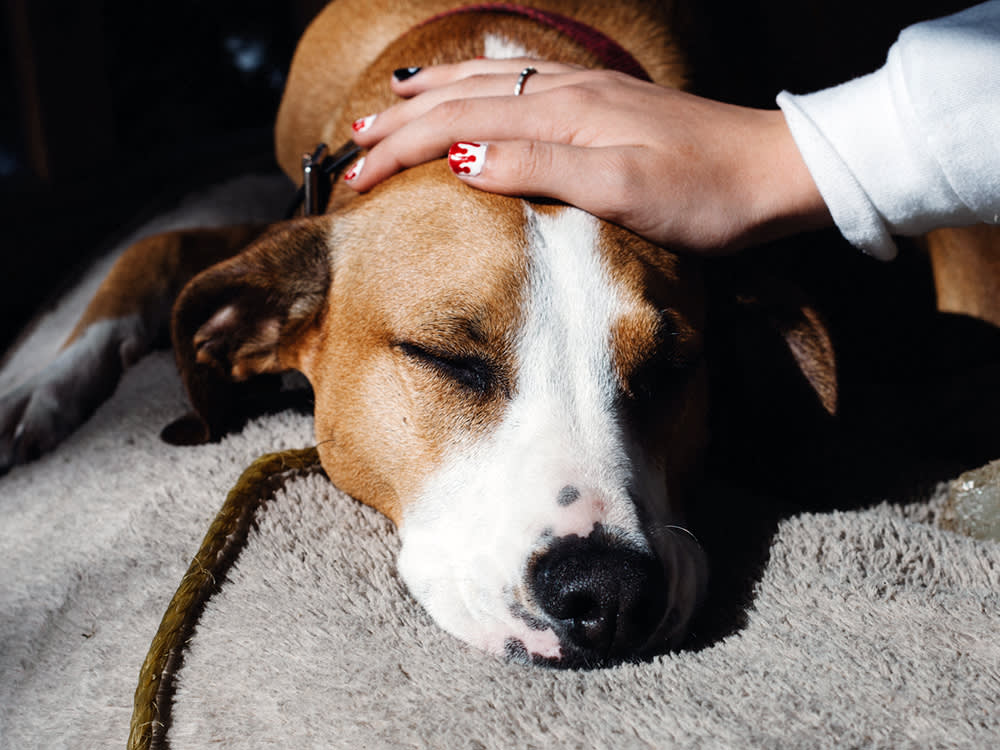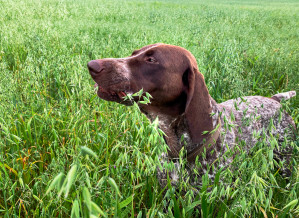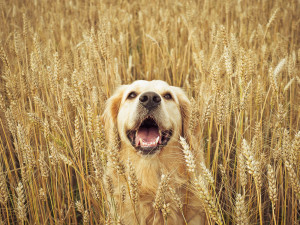Zinc Toxicity in Dogs: Common Cents Caution for Pets
Swallowing a penny comes at a high price for dogs.

Share Article
Humans aren’t the only species with money troubles. As it turns out, pennies can be hazardous to your dog’s health. One-cent coins used to be made from 100 percent copper, which is nontoxic. In 1982, the government began minting pennies that were made mainly from zinc (much cheaper) and coated them with a thin layer of copper, keeping the look of a penny. When swallowed, the copper coating of the newer penny dissolves in the stomach acids, leaving a wafer of toxic zinc.
A few years back, I saw a dog who had been vomiting for two days and his blood work revealed both anemia (low red blood-cell count) and elevated kidney values. There are many causes for these type of symptoms, including infectious disease, immune-mediated disease, inflammatory disease and toxins, just to name a few.

Get (totally free) deals for food, treats, accessories, tech, and way more pet parenting must-haves.
opens in a new tabTheir pet parent had no idea if he’d eaten anything out of the ordinary. X-rays revealed a round metallic object in the stomach. You guessed it: The dog ate a penny. The penny was removed non-surgically with an endoscope, and the dog recovered during the course of the week with intensive supportive care — a very expensive penny.
As in this case, you might not know what your dog ingested. Symptoms may show within a couple hours to a couple days after ingestion. If you think your dog ate something dangerous call your vet immediately or the ASPCA Poison Control Hotline (888) 426-4435, or National Pet Poison Helpline (800) 213-6680.
Common Zinc Toxicity Signs
The clinical signs and potential problems caused by zinc toxicity include:
Blood-tinged urine
Icterus (yellow mucous membranes including gums and the “whites” of the eyes)
Liver failure
Kidney failure
Hemolysis (which is the destruction of red blood cells)
Anemia
Sources of Zinc
Since many pet parents don’t realize that zinc is harmful, they might not be aware of some of the common ways pets have access to it. Beyond pennies, other potential sources of zinc include hardware such as nuts and bolts, dietary supplements, and zinc oxide–based skin creams, such as diaper rash ointment and sunscreen.
Treatment
A blood transfusion may be necessary to combat anemia. Anti-nausea medications are indicated, as well as stomach protectants (antacids and “coating” medications), due to the corrosive nature of zinc.
Researchers are still actively looking at methods for binding excess zinc in the circulation, similar to the way lead poisoning is treated, but this is not yet available.
Prevention of Zinc Toxicity
In addition to coins, be mindful of the nuts and bolts on your dogs’ kennels, as they may contain zinc.
Do not use ointments and creams on the fur or skin of your pet, unless directed by your veterinarian, as these usually get licked off, potentially causing toxicity.
Keep vitamins, dietary supplements and topical creams far out of your pets reach.
Many people are unaware of zinc toxicity syndrome and do not realize that pennies swallowed by dogs are far more dangerous than a “simple” foreign body. As always, prevention is best.

Dr. Shea Cox, DVM, CVPP, CHPV
Dr. Shea Cox is the founder of BluePearl Pet Hospice and is a global leader in animal hospice and palliative care. With a focus on technology, innovation and education, her efforts are changing the end-of-life landscape in veterinary medicine.
Related articles
![black and white dog looking ill laying on couch]() opens in a new tab
opens in a new tabWarning Signs Your Dog Needs to Go to the ER — Stat
Trust me, I’m a vet.
![Black French bulldog in dandelion field]() opens in a new tab
opens in a new tabWatch Out for Invasive Ladybugs
Who knew this was something to worry about?
![Kurzhaar's dog eats grass, oats, happy puppy playing in the meadow]() opens in a new tab
opens in a new tabWhy Do Dogs Eat Grass?
Your pup is literally vegging out—when it’s no big deal and when to worry.
![Dog Sitting In A Field]() opens in a new tab
opens in a new tab8 Super Seeds to Add to Your Dog’s Diet
From chia to pumpkin, seeds pack a major nutritional punch.



